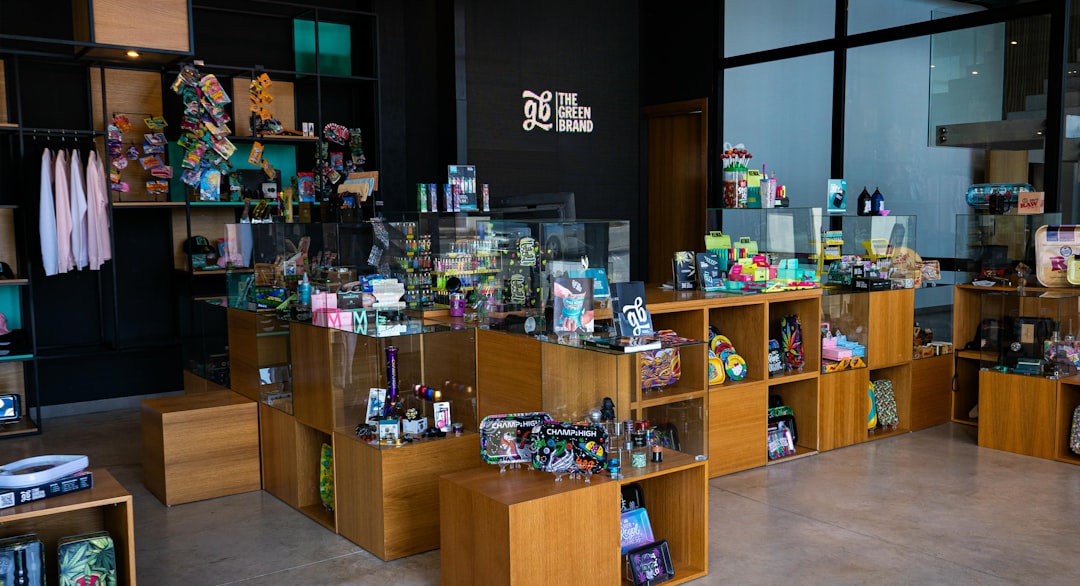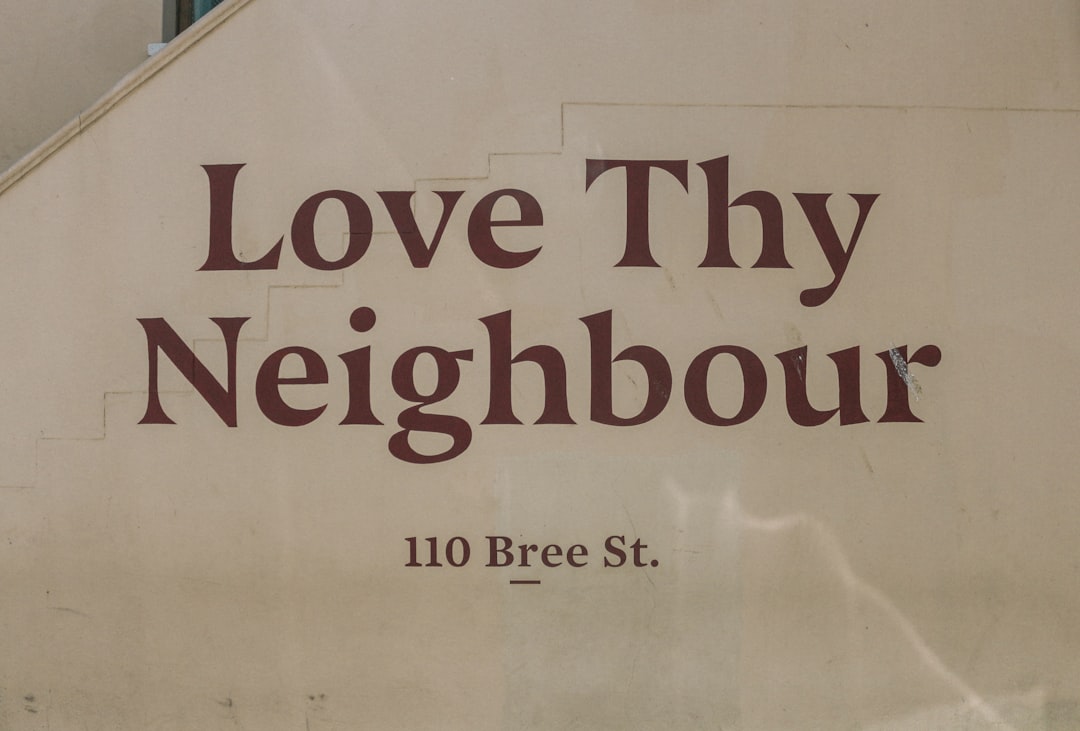Across neighborhoods in the United States, a quiet movement is reshaping how individuals interact with goods, community, and sustainability. Rather than heading to stores or clicking “buy now” buttons, many Americans are turning to local Facebook groups to meet their everyday needs without spending a dime. These free-sharing communities—often formed under the umbrella of the Buy Nothing Project—have rapidly gained momentum, offering an alternative to consumer culture rooted in generosity, sustainability, and local connection.
The appeal of the Buy Nothing movement reflects a broad range of cultural shifts—from growing environmental awareness to economic pressures and a longing for community in the digital age. In these groups, users give away everything from gently-used clothing and kitchenware to plants, furniture, toys, and even baked goods. No money changes hands, no trades are required—just giving and receiving freely.
The Rise of Buy Nothing Groups Across the U.S.
The Buy Nothing Project started in 2013 as a social experiment by two friends, Rebecca Rockefeller and Liesl Clark, in Washington state. It was designed as a way to build hyperlocal gift economies where people could share resources and reduce waste. Since then, it has exploded into a global movement, with thousands of Facebook groups functioning worldwide—especially in the United States.
Each group is location-specific, typically limited to a neighborhood or small town, helping to ensure items can be easily picked up and relationships can be nurtured.
Key reasons U.S. users are embracing Buy Nothing groups include:
- Environmental Consciousness: With climate concerns rising, many are trying to limit the amount of waste they produce. Reusing and sharing items helps reduce landfill contributions.
- Economic Relief: As inflation affects consumer prices, free alternatives to buying new items become increasingly appealing, particularly for families, students, and the underemployed.
- Community Building: The pandemic highlighted the importance of neighborhood support networks. These groups facilitate real-life connections between neighbors.

How the Groups Work
Members of Buy Nothing groups operate on a simple premise: Ask for what you need, and give what you can. If someone needs a baby stroller, they post a request. Another group member may have one sitting unused in their garage and offers it freely. There’s no expectation of trade or compensation.
The posts usually fall into a few categories:
- Gifts: Items you’re offering to give away.
- Asks: Requests for specific items you’re looking for.
- Gratitude: Posts thanking group members and showcasing how items are being reused.
This culture of sharing contrasts with traditional marketplace dynamics and fosters a unique sense of trust and goodwill. Group moderators help uphold community standards and ensure posts reflect gifting behaviors, not sales or bartering.
Who Is Using These Groups?
The Buy Nothing community spans demographics—college students furnishing their first apartments, parents looking for free children’s items, environmentally conscious professionals, and retirees downsizing their homes.
According to recent data pulled from surveys conducted by local group admins and the Buy Nothing community itself, membership is flourishing especially among:
- Millennials and Gen Z adults who are digitally savvy and environmentally conscious.
- Urban and suburban residents looking to declutter small living spaces.
- Lower-income households seeking alternatives to commercial retail.
But the benefits aren’t just pragmatic—they’re emotional, too. Many users report feelings of joy, connection, and purpose when they see their old items gain new life in another person’s home.

The Psychological and Social Benefits
Psychologists suggest that acts of generosity can stimulate dopamine release, the brain chemical associated with feelings of satisfaction and reward. Giving, especially in small, local exchanges, is linked to improved well-being.
Moreover, there’s a communal aspect to consistently engaging with neighbors in a non-commercial setting. The repeated cycle of giving and receiving builds trust and breaks down social isolation—an issue that has surged in the U.S., particularly in the wake of the pandemic.
The Role of Facebook
While Buy Nothing groups are slowly expanding to their own standalone platforms and apps, Facebook remains the primary home for thousands of hyperlocal communities. The social media platform’s group functionality—easy to manage, searchable, and widely used—has made it an ideal place for these experiments in intentional living to unfold.
It’s common to find groups that have over 1,000 members, some even surpassing 10,000, especially in dense urban areas. These digital platforms have effectively turned into modern-day community centers.
Challenges and Growing Pains
While the Buy Nothing movement has seen rapid growth, it’s not without its challenges:
- Overwhelm: Some users report being flooded with messages or offers, especially when giving away high-demand items like electronics or furniture.
- Entitlement: A small percentage of users may come with consumer expectations, forgetting that the groups aren’t businesses but communities built on kindness.
- Moderation: Volunteers moderate groups, and managing disputes or ensuring fair participation can be taxing.
Nonetheless, most members find the pros far outweigh the cons. The culture of gratitude and generosity tends to reinforce itself, as people “pay it forward” after positive experiences.
Conclusion
The growing popularity of free-sharing and Buy Nothing groups on Facebook signals a meaningful cultural shift in how Americans think about ownership, community, and sustainability. Whether driven by financial necessity, environmental consciousness, or simple neighborly spirit, more people are discovering that generosity can be just as fulfilling—if not more so—than consumption.
In an age often defined by digital isolation and commercial overload, these local groups are fostering real human connection—one free item at a time.
Frequently Asked Questions (FAQ)
- What is a Buy Nothing group?
- A community, usually hosted on Facebook, where members give away items for free, request things they need, or express gratitude—no money exchanged, no trades involved.
- How do I find my local Buy Nothing group?
- Search “Buy Nothing” followed by your neighborhood or city name on Facebook. You can also check BuyNothingProject.org to locate a group near you.
- Is it safe to meet up with strangers?
- Most items are left on porches for contactless pickup, reducing risk. However, always exercise caution and meet in public or shared spaces if handing off an item directly.
- Can businesses or resellers give items?
- Groups are usually limited to individual members, not businesses. Reselling gifted items is generally frowned upon as it goes against the spirit of the community.
- What types of things can I give away?
- Anything that meets the Facebook community standards and local laws: clothes, toys, electronics, food, furniture, books, plants—you name it.

